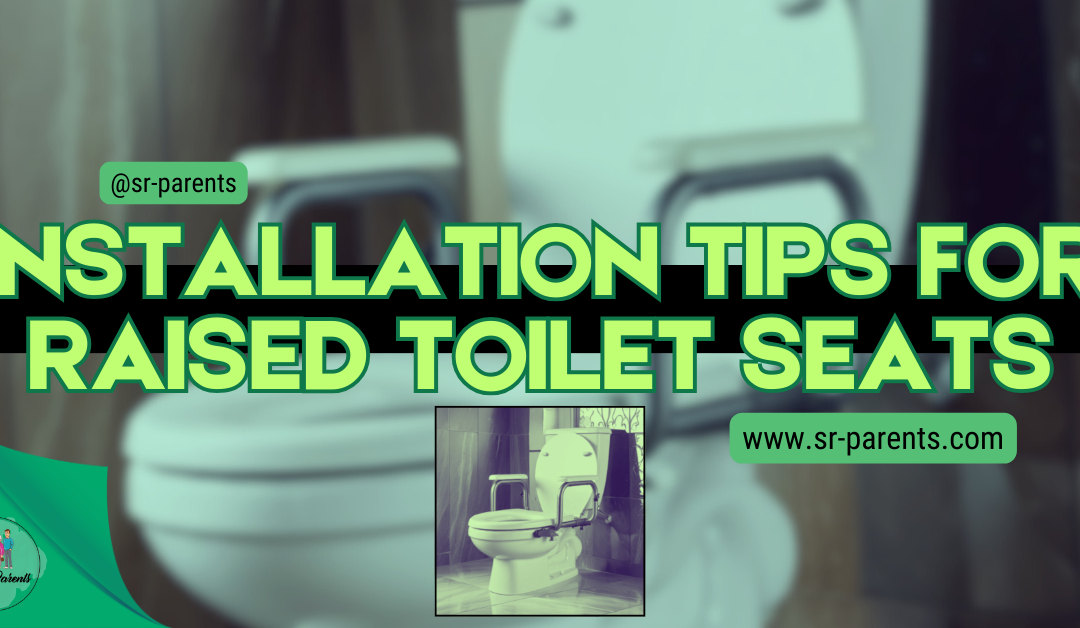Installing a raised toilet seat is a simple yet vital modification that can greatly enhance safety and comfort for seniors or individuals with mobility issues. However, proper installation is key to ensuring it provides the stability and support needed. In this guide, we’ll share Installation Tips for Raised Toilet Seats to help you avoid common mistakes and ensure a secure fit. Whether upgrading your bathroom for a loved one or preparing for your needs, understanding the right installation process will save you from unnecessary hassle and potential accidents. In this article, we’ll walk you through essential tips to ensure a secure fit, covering everything from selecting the right model to properly securing it. With the right guidance, you can create a safer and more accessible bathroom, making daily routines easier and more comfortable.
Contents
Installation Tips for Raised Toilet Seats: Your Easy Step-by-Step Guide
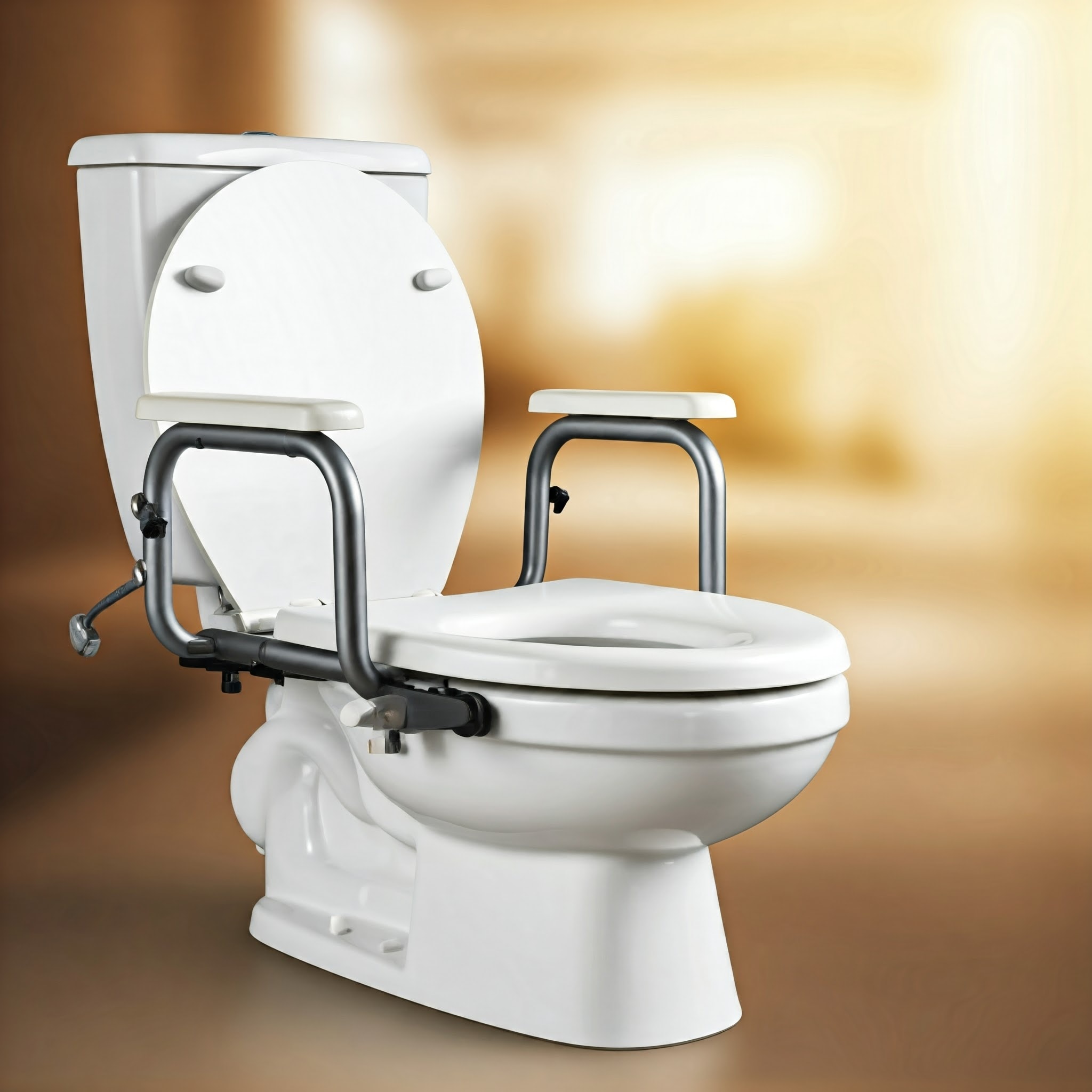
Installing a raised toilet seat can be essential in enhancing bathroom safety and accessibility, particularly for individuals with mobility difficulties or those recovering from surgery. While a seemingly simple task, the installation must be approached carefully to ensure stability and usability. This guide provides practical tips to equip you with the knowledge needed to properly install a raised toilet seat.
Understanding the various types of raised toilet seats and the specific requirements they fulfill is vital before beginning the installation process. While some seats may require tools for installation, others are designed to be installed without any additional equipment. Ensuring you have the right type for your toilet and the tools needed, if necessary, is just as important as the installation itself.
Key Takeaways
- Choose the Right Type: The appropriate raised toilet seat is essential for safety and comfort. Options include locking seats for stability, padded seats for extra comfort, and portable seats for convenience.
- Proper Measurement and Compatibility: Before installation, accurately measure your toilet’s dimensions, including the distance between bolt holes, to ensure a proper fit for the raised toilet seat.
- Secure Installation Process: Follow a step-by-step process to remove the existing seat, correctly position the new raised seat, and securely fasten it using the provided hardware to prevent wobbling or shifting during use.
- Regular Maintenance Checks: Conduct monthly inspections of the installation hardware, cleaning procedures, and wear-and-tear signs to maintain the raised toilet seat’s stability and longevity.
- Consider Enhancements for Comfort and Safety: Additional features such as safety rails, cushioned seats, and aesthetically pleasing color options can further improve the functionality and comfort of the raised toilet seat, making the bathroom more accessible for individuals with mobility challenges.
Understanding Raised Toilet Seats
Raised toilet seats are crucial accommodations for individuals with mobility challenges. They address the difficulty of lowering to and rising from a standard-height toilet.
Benefits of Raised Toilet Seats
- Ease of Use: They reduce the distance one has to move to sit down, making the toilet more accessible and safer, especially for those with limited mobility or joint pain.
- Additional Support: Many models come with handles or armrests, providing extra stability and support during use.
Different Types of Raised Toilet Seats
- Locking Raised Seats: These have a mechanism that secures them to the toilet bowl rim, offering a stable surface.
- Padded Raised Seats: These feature cushioning for added comfort, which can benefit individuals with sensitive skin or pressure sores.
- Portable Raised Seats: These can easily be removed or attached, offering convenience for travel users or when multiple people utilize the same toilet.
Did you Know?
Raised toilet seats are vital for individuals needing extra height. Their secure installation ensures both safety and comfort.
Getting Ready: Key Considerations Before Installation
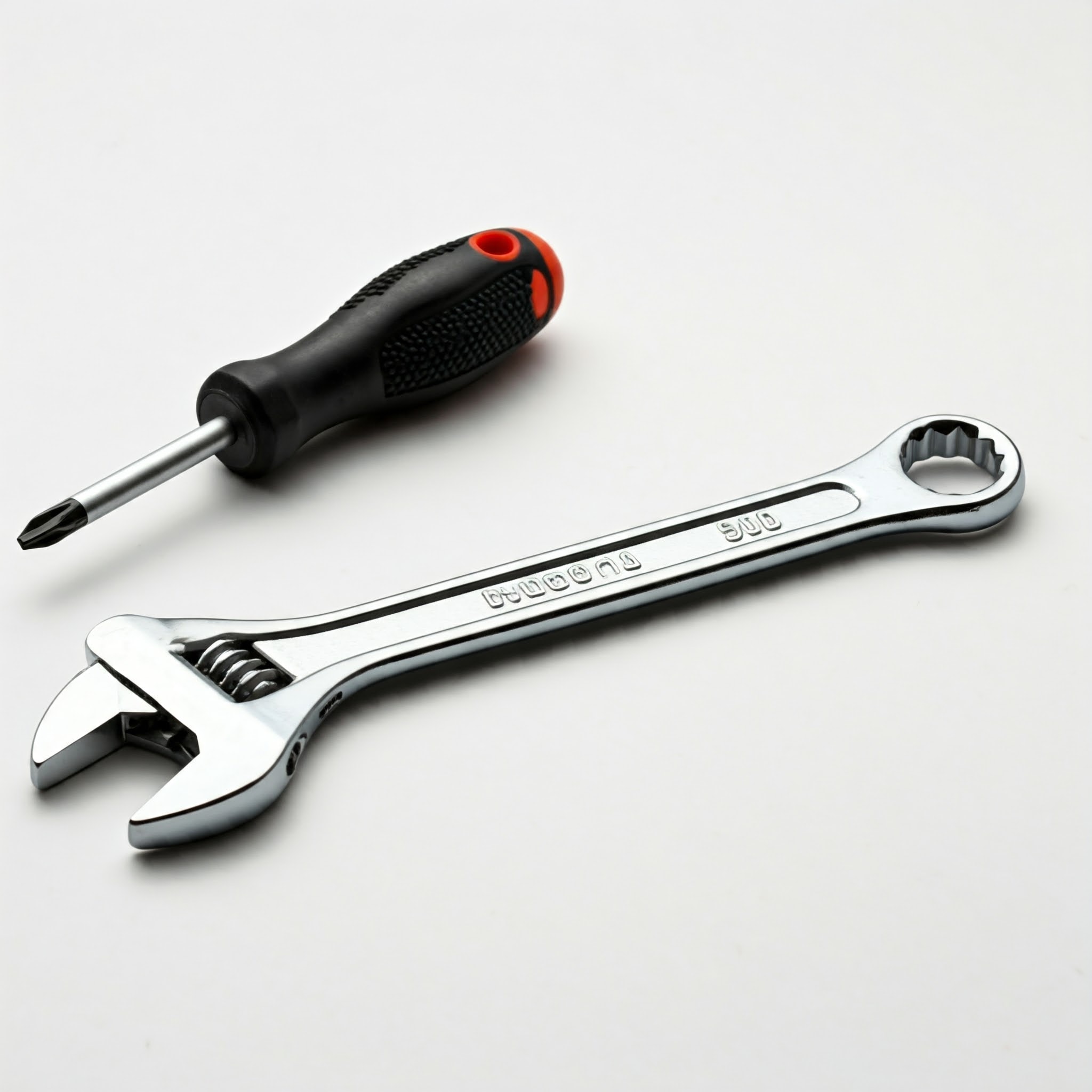
Ensuring you have the correct tools and materials and confirming that your toilet dimensions are compatible with the raised seat are crucial first steps in the Installation Tips for Raised Toilet Seats process.
Tools and Materials Needed
Before starting the installation, one will need:
- An adjustable wrench.
- A flathead or Phillips-head screwdriver, depending on the screws provided.
- The raised toilet seat kit should include all necessary bolts and nuts.
Ensure all tools and components are on hand before commencing to save time and prevent installation interruptions.
Measuring Your Toilet for Fit
It is vital to measure your toilet to ensure the raised seat will fit properly. Here are the specific dimensions you should check:
- The distance between the bolt holes on the toilet should match the spacing on the raised seat.
- The toilet bowl’s width and length match the raised seat’s size.
Taking accurate measurements avoids the hassle of purchasing an incompatible raised toilet seat.
Did you Know?
Did you know that preventing a raised toilet seat from sliding is as simple as ensuring non-slip pads or rubberized supports are properly positioned? Tightening the adjusting mechanisms to secure the seat to the toilet bowl is key, and regular checks for wear and tear can ensure everything stays in place for safe use.
The Installation Process: Ensuring a Secure Fit for Your Raised Toilet Seat
Installing a raised toilet seat is a straightforward task that can significantly enhance bathroom comfort and accessibility. By following installation tips for raised toilet seats, you can ensure the process is performed securely and effectively, much like how installing handrails on stairs provides stability for those who need extra support.
With the right steps, you can make this essential upgrade as seamless and safe as possible, improving daily routines in homes where bathroom accessibility is often a key concern for seniors and those with mobility challenges.
Removing the Existing Toilet Seat
Firstly, it’s essential to remove the old toilet seat. This is usually done by unscrewing the bolts holding the seat. If plastic caps cover the bolts, they should be pried open or unscrewed to expose the bolts. Use a wrench or a screwdriver to loosen and remove the nuts from the bolts, then lift away the old seat.
Setting Up the Raised Toilet Seat
Position the raised toilet seat over the bowl with the old seat removed. Make sure that it aligns properly and sits evenly. Raised toilet seats often have adjustable dials or knobs, which should be aligned according to the instructions to fit your specific toilet bowl size.
Securing the Raised Toilet Seat
Finally, secure the raised seat by installing the retaining hardware, which may include screws or clamps. Tighten the hardware by hand to ensure proper alignment, then use a screwdriver or wrench to ensure they are fastened securely. Check that the seat is stable and does not shift before use.
Installation Tips for Raised Toilet Seats: Safety and Maintenance
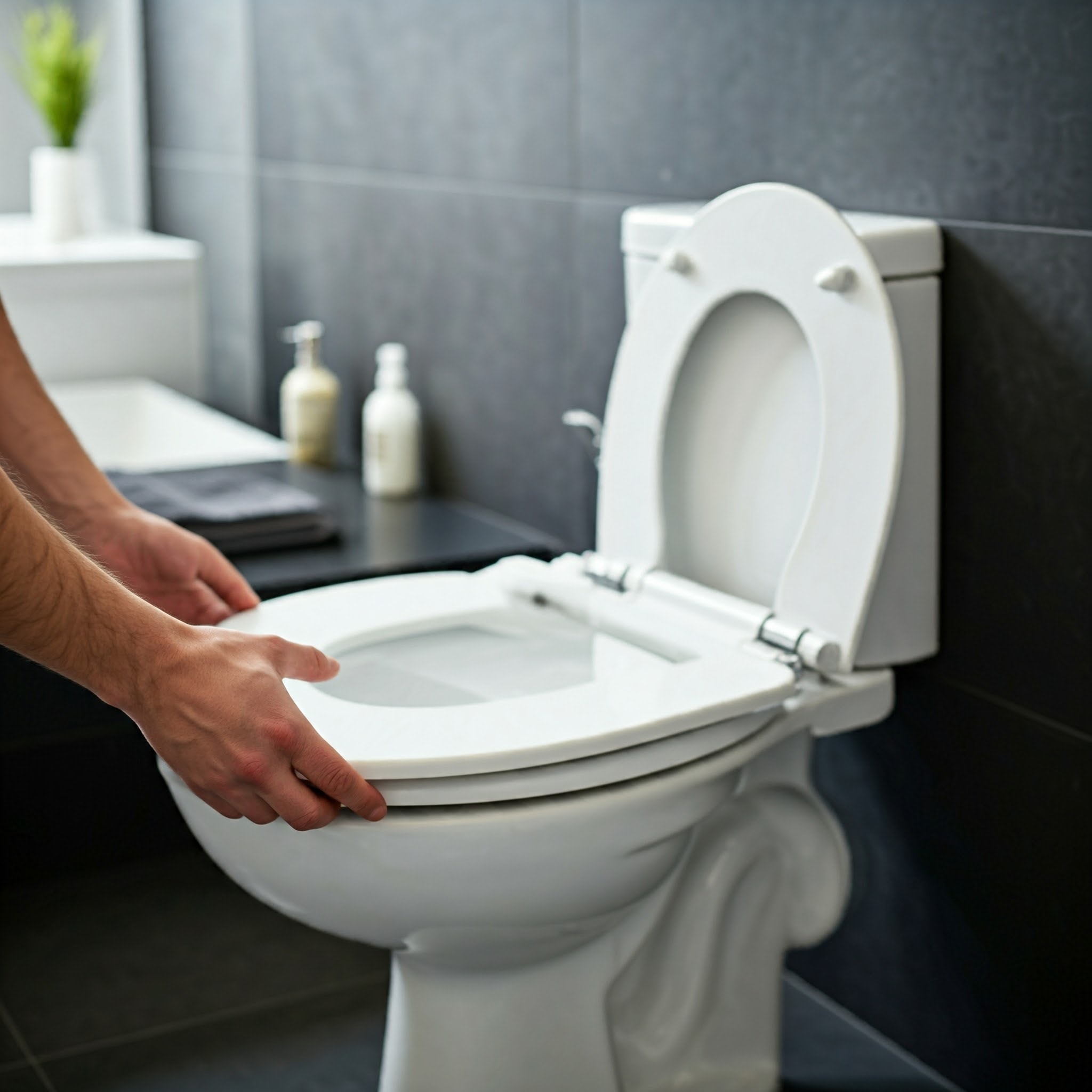
Ensuring the longevity and reliability of a raised toilet seat involves regular upkeep and adherence to safety guidelines. These practices extend the product’s life and ensure a secure and stable environment.
Regular Maintenance Tips
- Inspect hardware regularly: Inspect bolts and clamps every month to ensure they remain tight and do not show signs of wear.
- Clean with appropriate materials: Use mild soap and water for cleaning. Avoid abrasive cleaners that might damage the seat surface. Example: Wipe down the seat and any handles or rails using a soft cloth.
- Check for cracks or damage: Look for any signs of damage on the seat itself, and if found, consider replacing the seat to ensure safety.
Safety Precautions to Consider
- Non-slip surface: Confirm that the seat surface and any additional handles have a non-slip texture to prevent slips and falls.
- Weight capacity: Always adhere to the manufacturer’s recommended weight capacity to prevent equipment failure.
- Professional installation: If unsure about the installation process, seek professional help to ensure the seat is securely attached.
Troubleshooting Common Issues
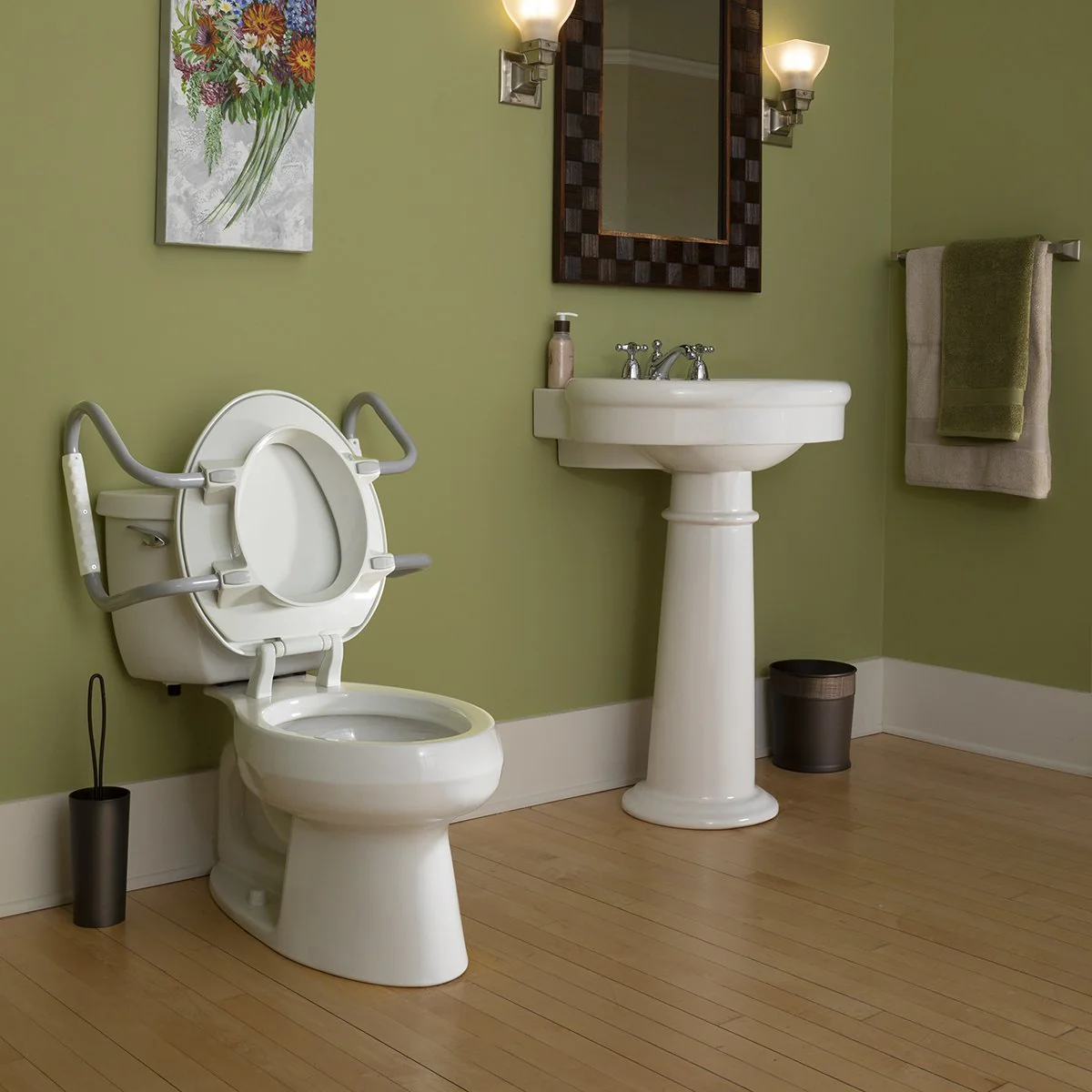
Users may encounter issues affecting stability and fit when following Installation Tips for Raised Toilet Seats. This section provides targeted solutions for these common concerns, ensuring the seat functions safely and comfortably.
Addressing Stability Concerns
If the raised toilet seat wobbles or feels insecure, checking for proper alignment on the toilet bowl is essential. Ensure that the seat is centered and that any adjustable clamps, latches, or brackets are tightly secured against the bowl.
Rubber grips or pads should be inspected for wear and replaced if necessary to avoid slippage. For persistent instability, consider a seat with additional fixing systems as suggested by Troubleshooting Common Issues with Raised Toilet Seats.
Solving Fitting Problems
Raised toilet seats can pose fitting challenges, particularly with non-standard toilet designs. Begin by confirming the raised seat is compatible with your toilet shape—elongated or round. Next, check that all fasteners are appropriately tightened.
For seats that attach with hook and loop straps or other non-permanent fixtures, ensure that the straps are adjusted for a snug fit to prevent movement during use. Seats designed for quick installation and removal may require closer attention to secure fitting.
Enhancements and Accessories

When customizing a raised toilet seat, following installation tips can help you choose enhancements and accessories that increase functionality and comfort. These can range from security features to aesthetically pleasing add-ons, all tailored to meet individual needs and preferences.
Add-on Features
- Safety Rails: Many individuals benefit from the added stability of safety rails, which can be attached to the raised toilet seat or mounted onto the surrounding walls. The presence of rails provides support during transfers and adjustments in position.
- Lid Options: Some raised seats come with lids for hygiene and to keep the bathroom tidy. The installation process for a raised toilet seat with a lid is similar to a standard raised seat, ensuring that the seat remains functional and discreet.
Comfort and Aesthetic Upgrades
- Cushioned Seats: One can opt for a cushioned seat for enhanced comfort. These seats often have a foam or gel layer that can help reduce pressure sores and provide a warmer seating surface than hard plastic.
- Color Variations: Raised toilet seats are not limited to the standard white. They are available in various colors to match or complement the bathroom color scheme, offering a personalized touch to the bathroom’s aesthetics.
Here’s an additional video about installation of raised toilet seats.
By: EquipMeOT
Enhancing Safety and Comfort with Proper Installation of Raised Toilet Seats
In conclusion, installing a raised toilet seat is a straightforward yet essential step toward enhancing bathroom safety and accessibility, particularly for individuals facing mobility challenges. Following the installation tips for raised toilet seats outlined in this guide can ensure a secure fit that significantly improves daily routines. From understanding the different types of raised seats to maintaining them properly, each aspect plays a critical role in creating a comfortable and safe environment.
Taking the time to choose the right model and adhere to the installation steps not only prevents common pitfalls but also contributes to users’ overall well-being. With regular maintenance and thoughtful enhancements, a raised toilet seat can make a lasting difference in accessibility and comfort, ultimately transforming the bathroom into a space that accommodates the needs of all users.
Frequently Asked Questions
How Do You Secure a Raised Toilet Seat With Arms During Installation?
During installation, a raised toilet seat with arms should be anchored firmly onto the toilet bowl. Most models include an adjustable front clamping mechanism that attaches directly to the toilet, preventing lateral movement.
What Steps Are Involved in Installing a Toilet Seat Riser Effectively?
Installing a toilet seat riser typically involves cleaning the area, placing the riser onto the bowl, and securely fastening it per the manufacturer’s guidelines. It’s essential to check for stability before use.
What Are the Correct Procedures for Installing a Carex Raised Toilet Seat?
To install a Carex raised toilet seat, remove the existing seat and lid, position the Carex seat over the bowl and align the holes, and then reattach the seat and lid. Screws should be inserted and tightened to ensure a secure fit.
What is the Proper Way to Remove a Raised Toilet Seat When No Longer Needed?
To remove a raised toilet seat, reverse the installation steps: loosen the fastening mechanisms, lift the seat away from the toilet bowl, and restore the original toilet seat and lid.
Are There Specific Instructions for Equate Toilet Seat Riser Installation?
For an Equate toilet seat riser, follow the manufacturer’s instructions closely. This may involve clamping the riser securely onto the toilet rim and ensuring that locking mechanisms are fully engaged.
Ready to begin a journey of compassion and expertise? Follow us on social media for heartwarming stories, expert insights, and valuable tips on caring for seniors!
? Website: Head to sr-parents.com for in-depth articles and resources on senior care, health, and wellness.
? Pinterest: Discover a wealth of caregiving ideas, home solutions, and senior-friendly activities at pinterest.com/seniorparents.
? Facebook: Join our caring community at facebook.com/sr.parents. Connect with other caregivers, share your experiences, and find inspiration.
? Twitter: Follow us on twitter.com/senior_parents for timely updates, news, and trending conversations on senior care.
? Instagram: Visit instagram.com/seniorparents for uplifting moments, caregiving advice, and a closer look into the lives of seniors and their families.

